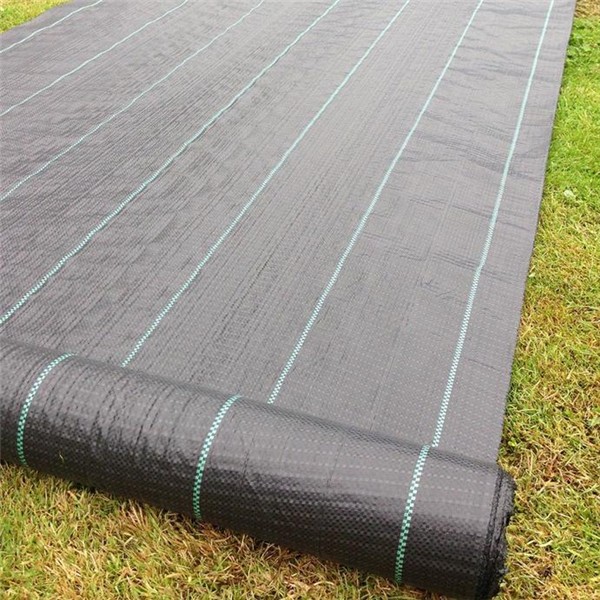Faux ground cover refers to synthetic materials designed to mimic the appearance of natural ground cover plants, such as grass, moss, or other ground-hugging vegetation. This type of ground cover is often used in landscaping, home decor, and commercial applications where low maintenance and durability are priorities.
Benefits of Faux Ground Cover
- Low Maintenance:
- Requires little to no upkeep compared to natural plants. No watering, fertilizing, or mowing is necessary.
- Durability:
- Made from weather-resistant materials, faux ground cover can withstand various environmental conditions without fading or deteriorating.
- Aesthetic Appeal:
- Offers a consistent, lush appearance year-round, enhancing the visual appeal of outdoor spaces.
- Versatile Applications:
- Can be used in various settings, including patios, decks, walkways, and around pools, providing a soft, inviting look.
- Allergen-Free:
- Ideal for individuals with allergies, as it eliminates pollen and other allergens associated with natural plants.
- Easy Installation:
- Typically simple to install, faux ground cover can be laid down over various surfaces without the need for soil preparation.
- Eco-Friendly Options:
- Some faux ground covers are made from recycled materials, providing a more sustainable choice.
Types of Faux Ground Cover
- Artificial Grass:
- Mimics the look of real grass and is available in various heights and textures, suitable for lawns, play areas, and landscaping.
- Synthetic Turf:
- Designed for sports fields and recreational areas, offering durability and performance similar to natural grass.
- Moss Mats:
- Faux moss can be used to create a natural look in shaded areas or in decorative applications.
- Landscape Fabric:
- While not a traditional ground cover, it provides a barrier against weeds and can be covered with decorative stones or mulch.
- Rubber Mulch:
- Made from recycled rubber, this option is often used in playgrounds and garden paths, offering a soft surface that mimics organic mulch.
Considerations
- Initial Cost:
- Faux ground covers can be more expensive upfront than planting natural ground cover, but they often pay off in reduced maintenance costs over time.
- Heat Retention:
- Some synthetic materials can retain heat, making them warm to the touch in hot weather, which may be a consideration for certain applications.
- Limited Natural Benefits:
- Unlike natural ground cover, faux options do not improve soil quality, support wildlife, or contribute to biodiversity.
Conclusion
Faux ground cover provides an attractive, low-maintenance solution for enhancing landscapes and outdoor spaces. With various materials and styles available, it can mimic the look of natural vegetation while offering durability and ease of care. Whether for residential or commercial use, faux ground cover is an excellent option for creating beautiful, functional outdoor areas.
Post time: Feb-07-2025

